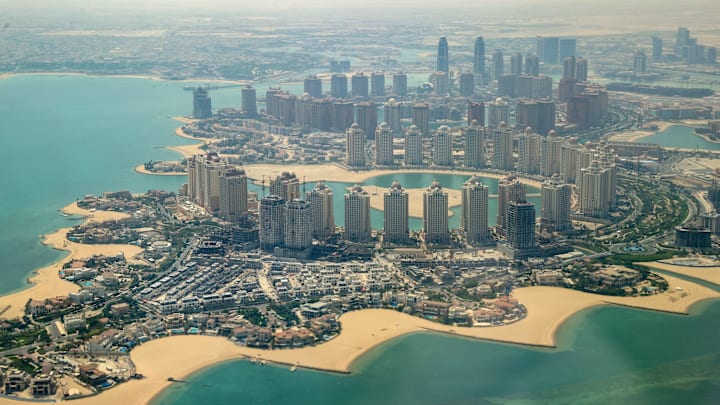The Environmental Benefits of Urban Green Spaces

Urban green spaces, such as parks, gardens, and tree-lined streets, play a vital role in enhancing the quality of life in cities. These pockets of nature within urban environments provide numerous environmental, social, and economic benefits. As cities continue to grow and expand, the importance of preserving and expanding green spaces becomes increasingly clear.
One of the most significant environmental benefits of urban green spaces is their ability to improve air quality. Trees and plants in these areas absorb carbon dioxide and release oxygen, helping to mitigate the effects of pollution. They also trap airborne particles, such as dust and soot, which can reduce the concentration of harmful pollutants in the air. This is particularly important in densely populated urban areas, where air pollution is a major concern.
Urban green spaces also contribute to the reduction of the urban heat island effect. Cities tend to be warmer than their rural surroundings due to the concentration of buildings, roads, and other man-made structures that absorb and retain heat. Green spaces, on the other hand, provide shade and release moisture through a process called evapotranspiration, which helps to cool the air. This cooling effect can lower temperatures in urban areas, reducing the need for air conditioning and helping to conserve energy.
Another important environmental benefit of green spaces is their role in managing stormwater. In urban areas, where impervious surfaces like concrete and asphalt prevent water from being absorbed into the ground, heavy rainfall can lead to flooding and water pollution. Green spaces, with their permeable soil and vegetation, help to absorb and filter rainwater, reducing the risk of flooding and improving water quality.
In addition to their environmental benefits, urban green spaces provide social and economic advantages. They offer residents a place to relax, exercise, and socialize, contributing to improved mental and physical health. Green spaces can also increase property values, attract businesses, and boost tourism, making them an important asset for cities.
In conclusion, urban green spaces are essential for creating sustainable, livable cities. They provide a range of environmental benefits, from improving air quality to cooling urban areas and managing stormwater. As cities continue to develop, it’s crucial to prioritize the preservation and expansion of green spaces to ensure that urban environments remain healthy, vibrant, and resilient.